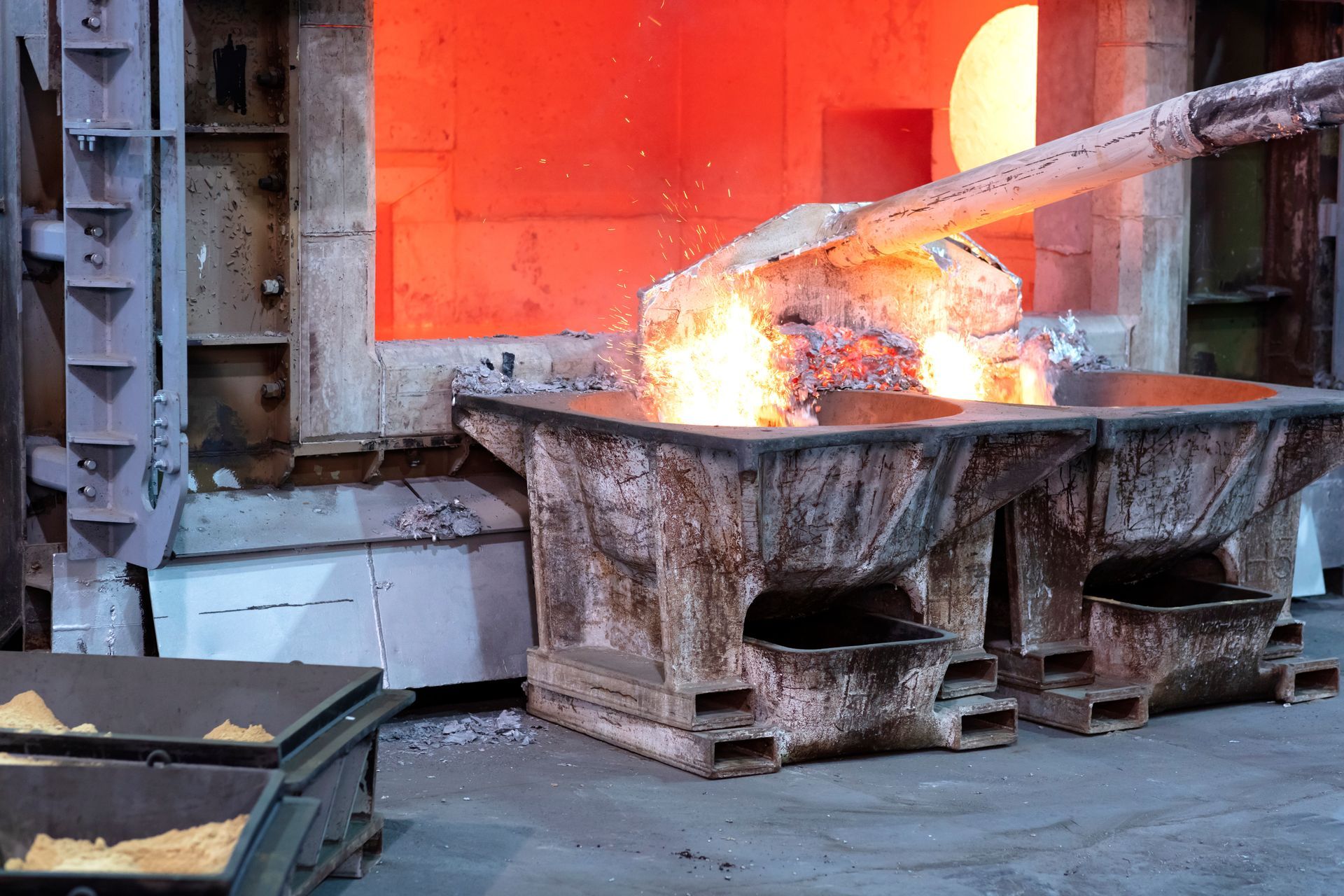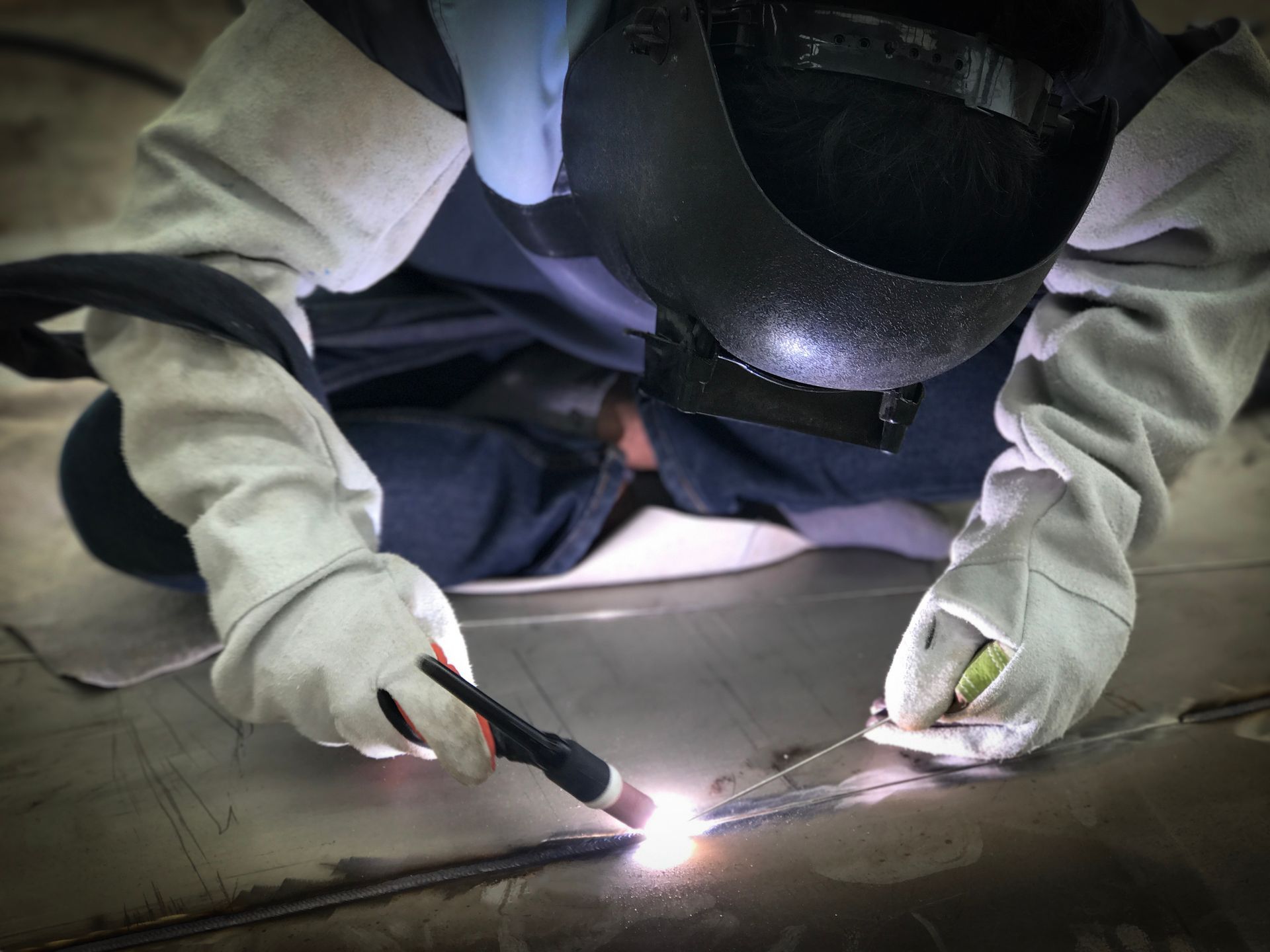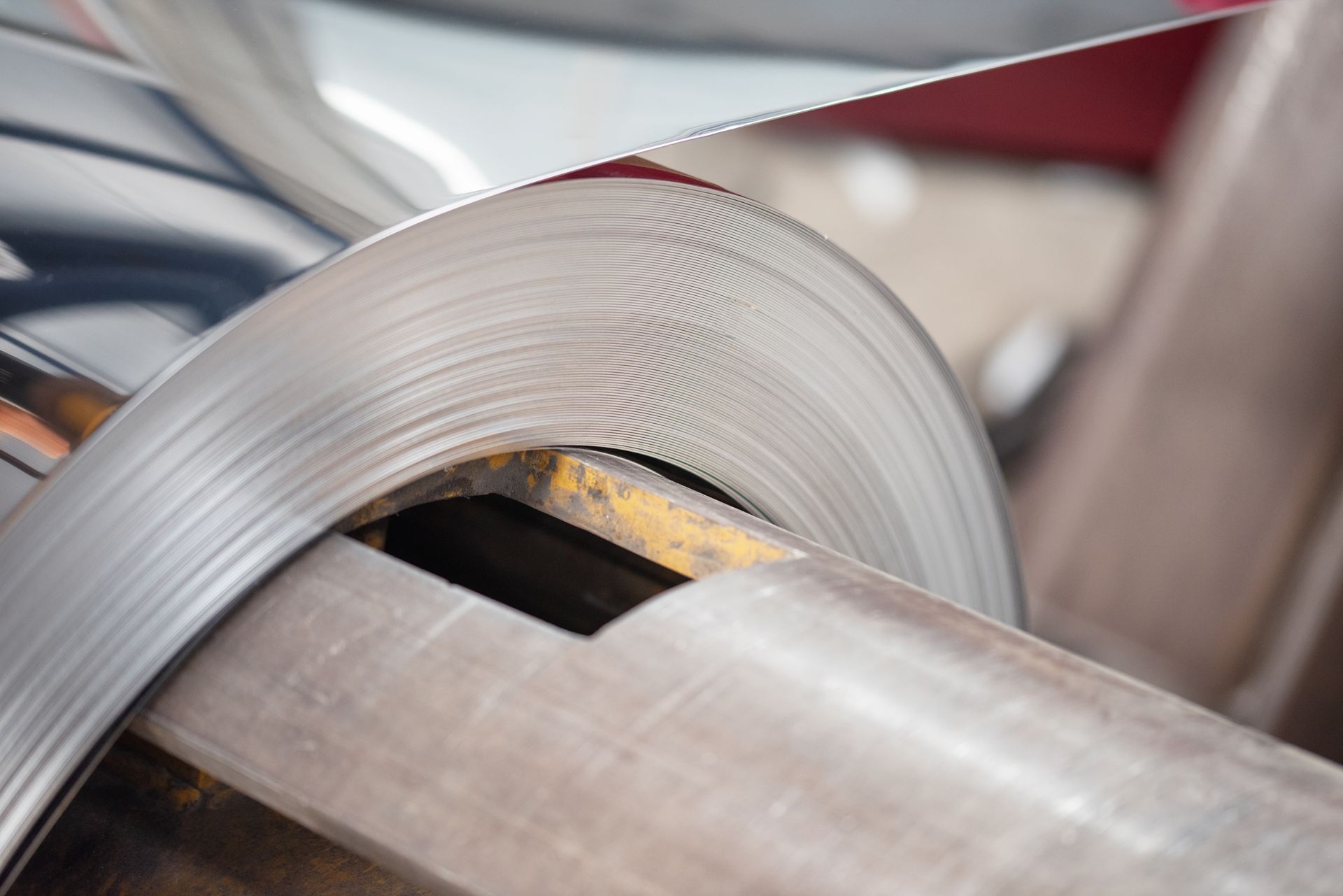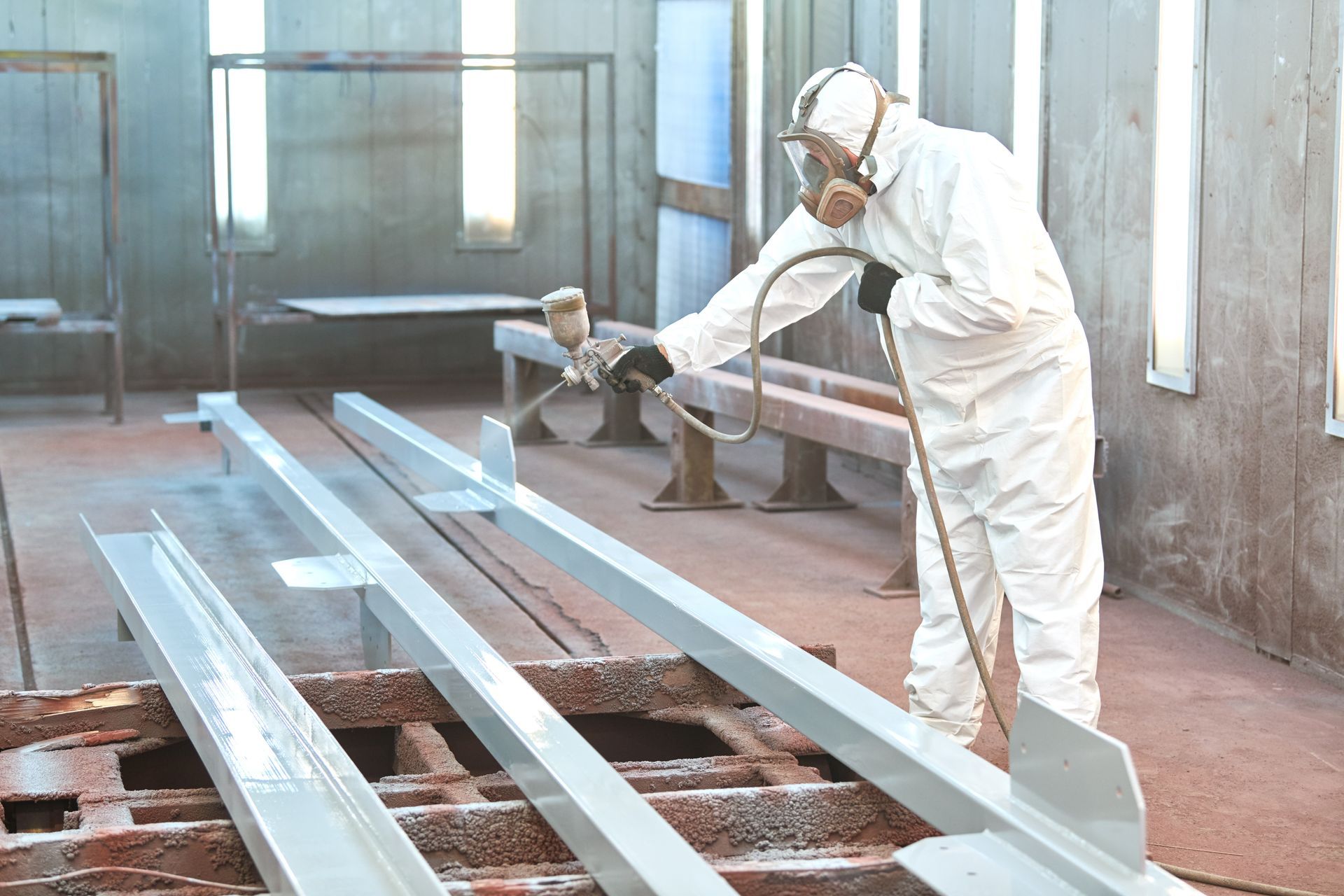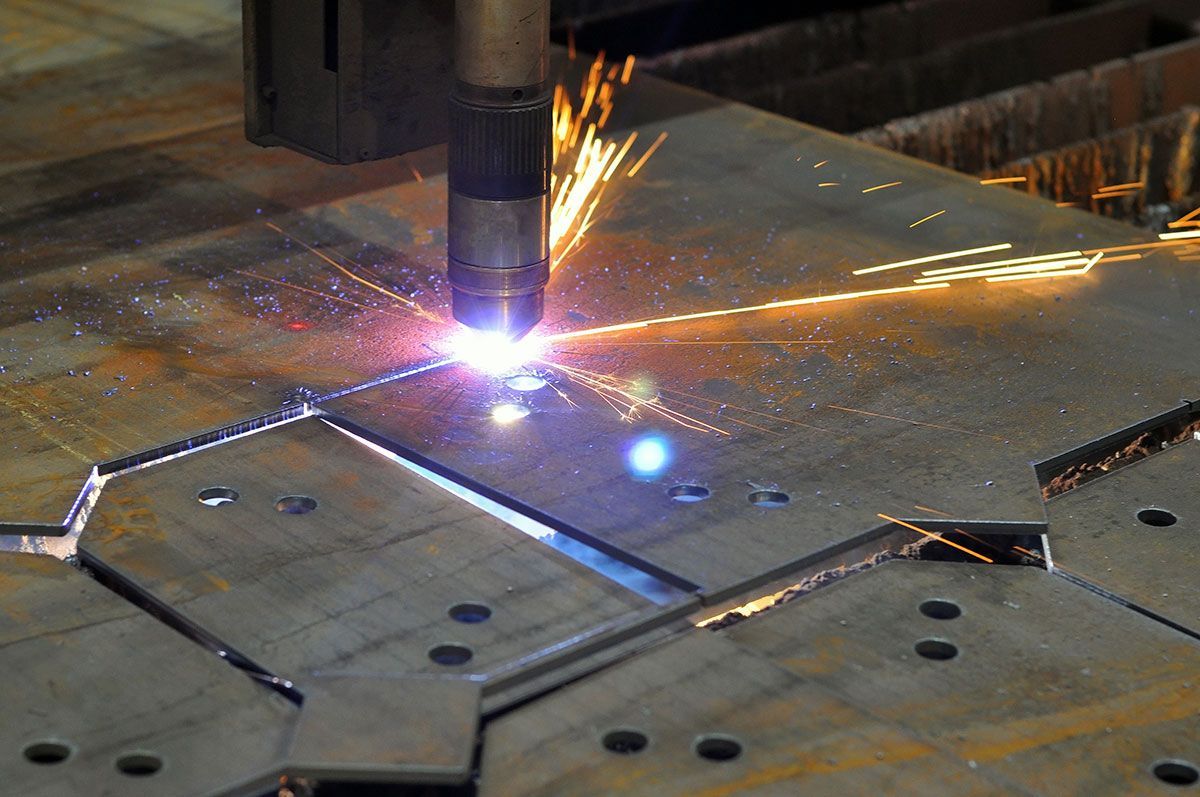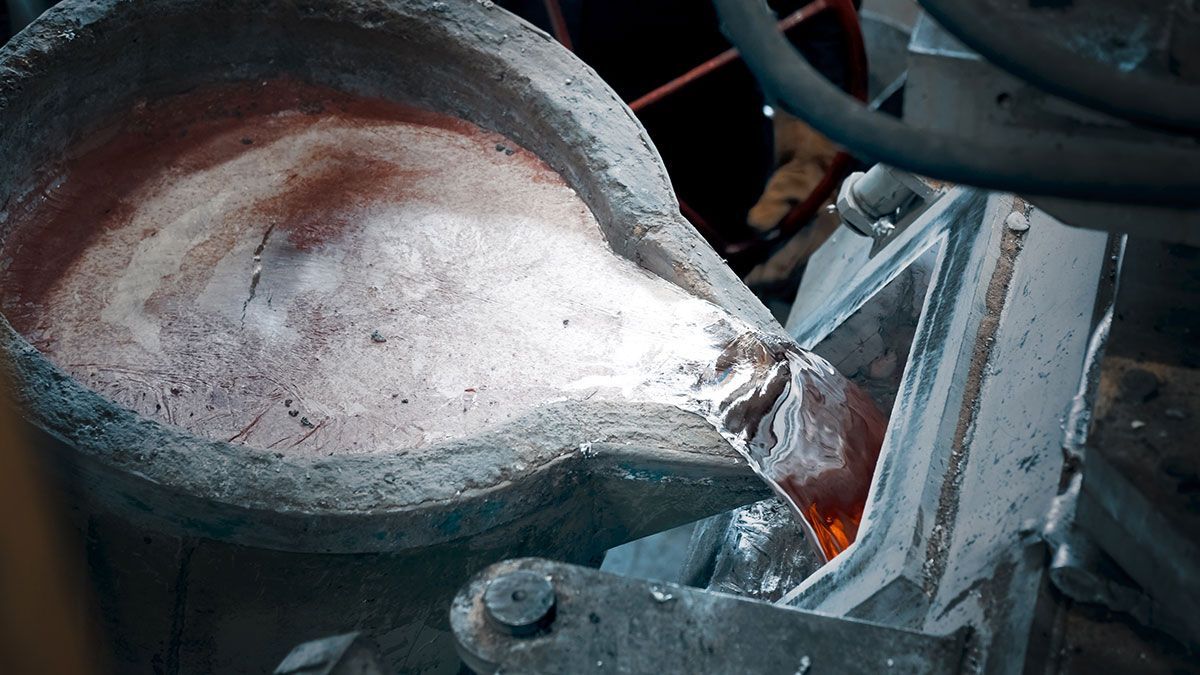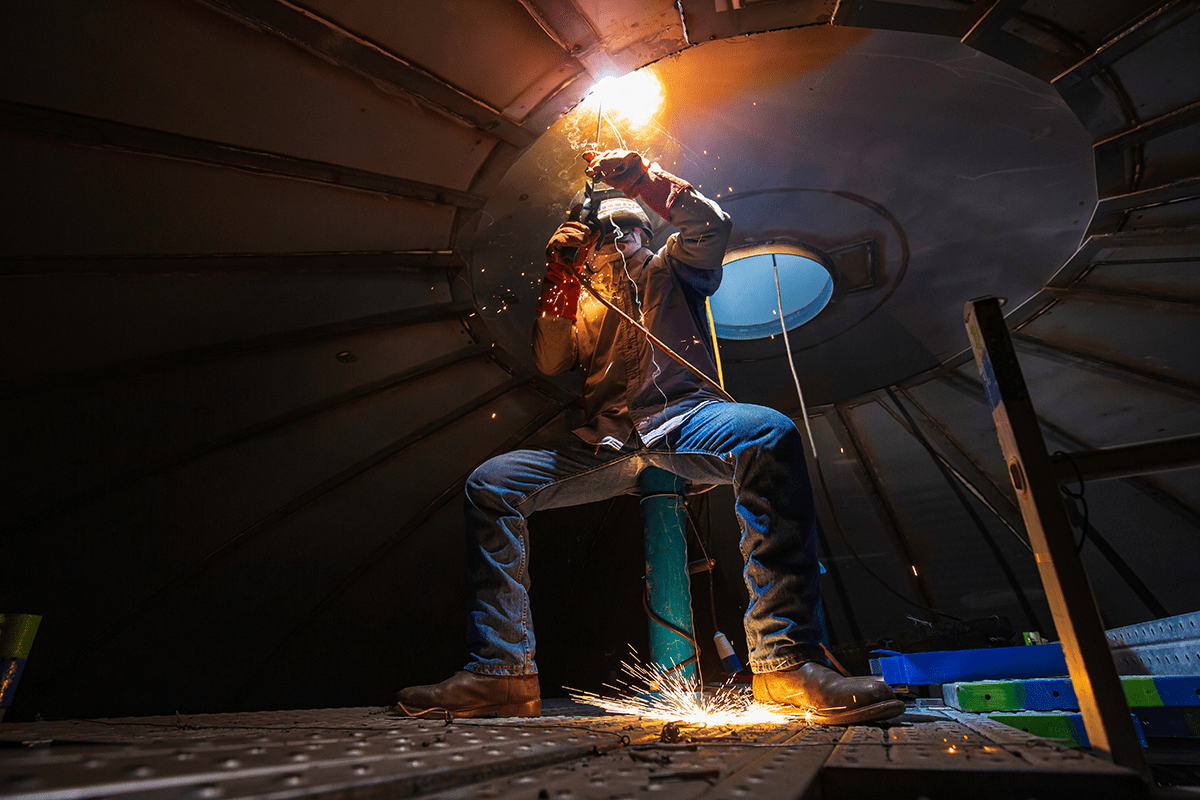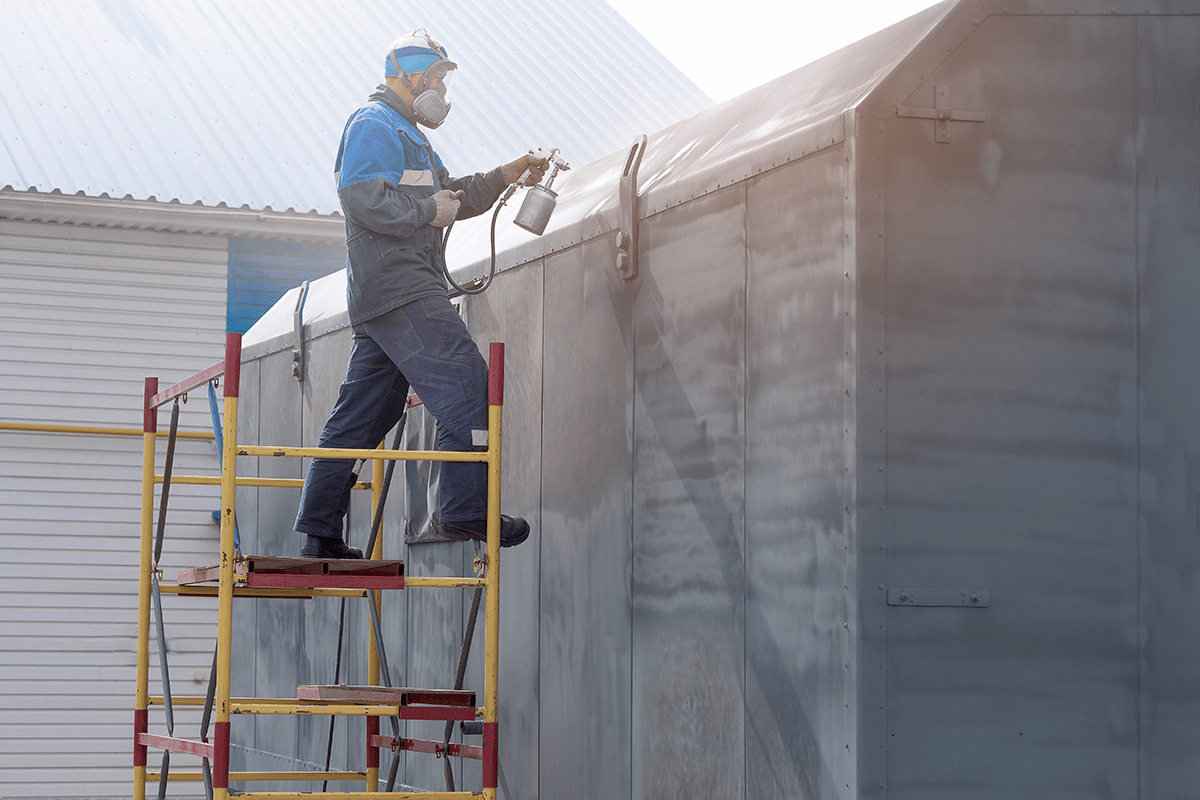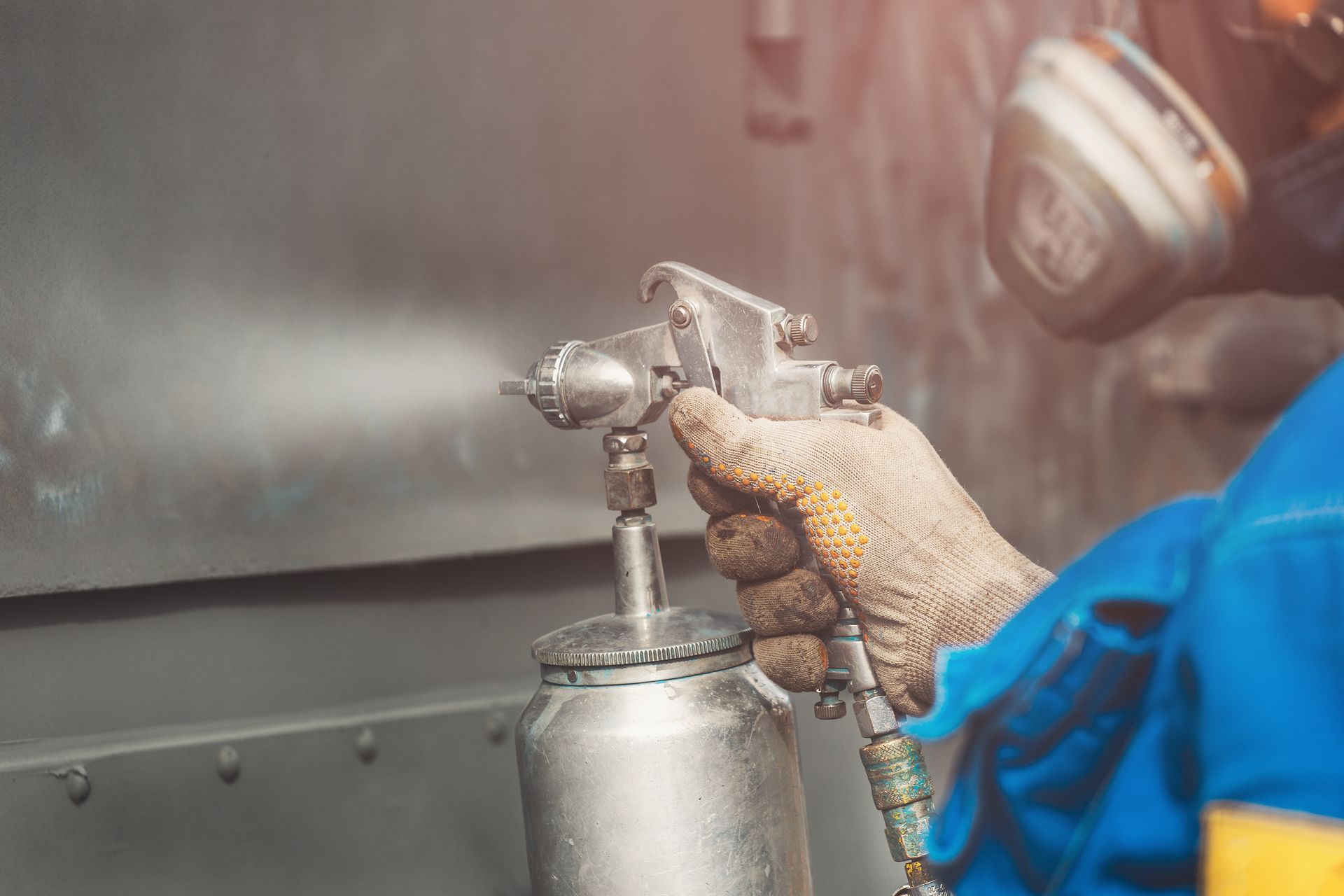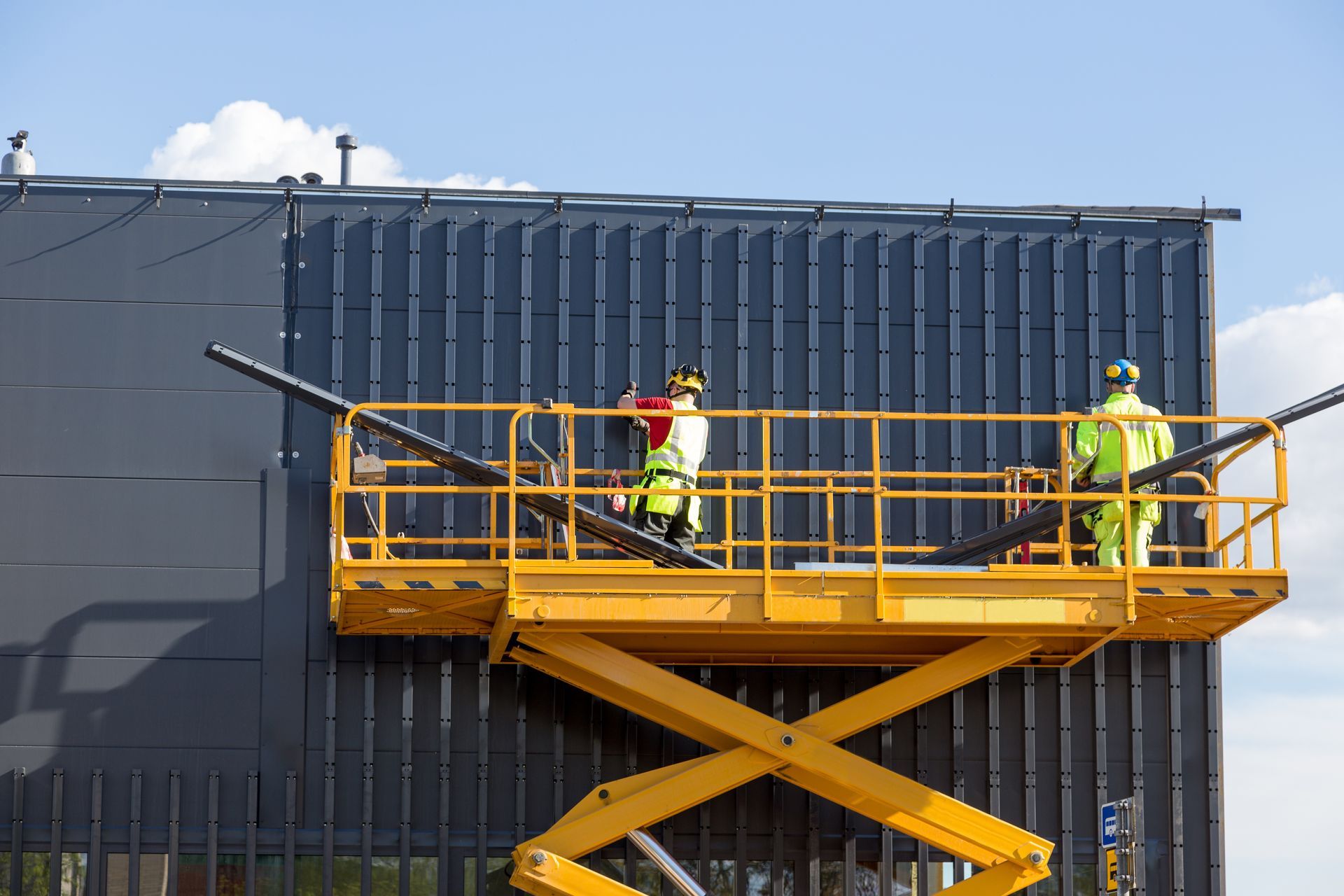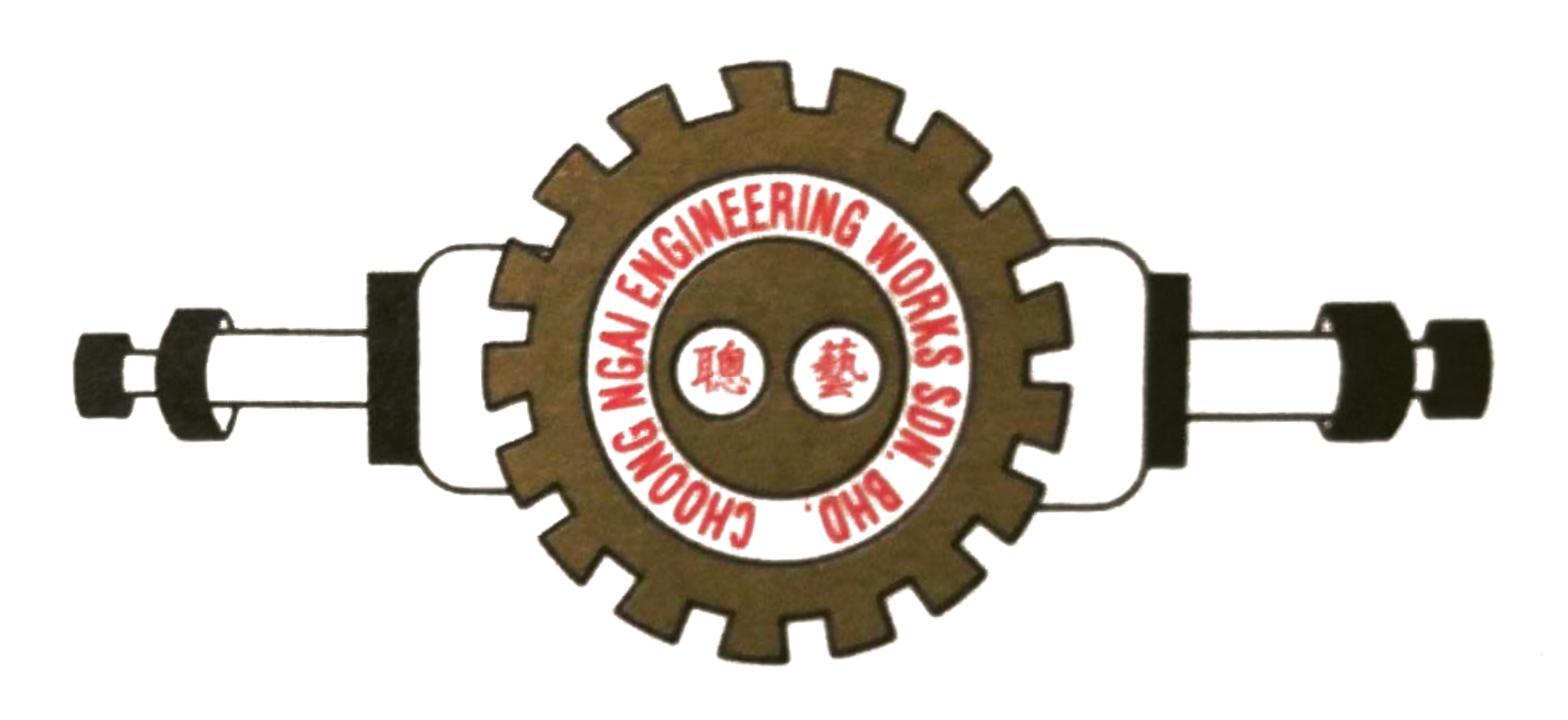Shipping Container Repair And Fabrication
Shipping containers are designed to withstand harsh marine environments when sailing the world on top of container ships, on the back of lorries and trains, and in storage at the port. They are generally constructed from steel, with stainless steel fittings, floors that are treated to prevent rotting and paint that prevents corrosion.
That said, as with anything that is battered, exposed to the elements and has day to day usage, it’s going to require semi regular maintenance to keep it in top condition and ensure a long life.
Containers can suffer damage when being packed, which if done incorrectly can cause dents, bulges due to over packing or other damage. Damaged containers in need of repairs may end up non-compliant with international transportation regulations such as the the International Convention for Safe Containers (CSC), 1972. If so, they then become unsafe for transportation, or unsuitable for storage and construction.
If your containers are in a poor condition, you should aim to inspect, repair and, if necessary, re-certify them as soon as possible.
In this article, we'll explore the common types of container damage as well as a few tips to maintain your shipping container and where to find the
best container repair and fabrication services.
What are the common types of container damage?
a) Physical damage
Physical damage is when cargo is damaged due to dropping, bumps, rolling, breakages, being knocked during transit, etc. Most physical damages are caused due to poorly planned stowage which includes lack of proper lashing, dunnage, or chocking materials being used.
b) Water damage
Wet damage occurs when the cargo is exposed to water, wet conditions, and seawater ingress into the container. Cargo is often moved through different climatic zones due to which moisture within the container condenses into water droplets and causes “container rain” and damages the cargo. This can also result in the rusting and corrosion of the container walls. It is caused due to the lack of proper desiccants, ventilated containers, damaged sealing gaskets, holes in the container, and flooded ship holds.
c) Contamination damage
Cargo can be contaminated through pollution, poisoning, inadequate cleaning, or exposure to weather elements rendering it unusable. Contamination can occur in both liquid and solid cargoes. It is caused due to improper storage of cargo before shipment, inadequate cleaning after a previous cargo, or lack of proper separation of goods in the same cargo space.
d) Reefer related damage
A refrigerated container or reefer is a shipment that requires the temperature to be controlled, monitored, and maintained within specific limits for the transportation of temperature-sensitive cargo. The cargo damage could occur due to reefer equipment failure, improper setting of temperature, improper stowage or mishandling, power failure, and lack of proper air circulation.
e) Infestation damage
Infestation damage is caused by the presence of insects or animals, especially rodents in a cargo. Infestation damage can also lead to contamination damage due to the presence of droppings, parasites making cargo unsafe and unsuitable for further consumption. The damage can also cause delay of cargo as health authorities will need to inspect the cargo.
Tips to maintain your shipping container
i) Inspect the container roof
The first step in shipping container maintenance is to inspect the roof of the container thoroughly. If you’ve purchased a second-hand container, chances are the roof has been dented due to the containers being stacked on top of each other. Deep dents can collect rainwater and lead to corrosion if not addressed.
ii) Treat rusted areas immediately
Plenty of shipping container customers trick their customers into believing that shipping containers are rustproof, especially those made from steel panels. While steel does exhibit higher corrosion-resistant
properties compared to other forms of steel, it’s not completely rustproof.
iii) Lubricate the container doors
Shipping containers are pretty straightforward in that they only have a couple of moving parts. This includes the door hinges themselves and these parts require regular cleaning and inspection.
Looking for container repair and fabrication? Try Choong Ngai Engineering
With Choong Ngai Engineering's veteran technicians and engineers, we can provide a start-to-end manufacturing and troubleshooting process of repairing and fabricating your shipping container.
Most importantly, we'll work alongside you and your team to understand and define your exact requirements, and this process ensures that we provide the best solution to your unique maintenance requirements.
With our custom fabrication equipment and technique, we've been servicing happy customers for over 20 years. Learn more about our services and previous projects on our website or
contact us at
https://www.choongngaiengineering.com/
